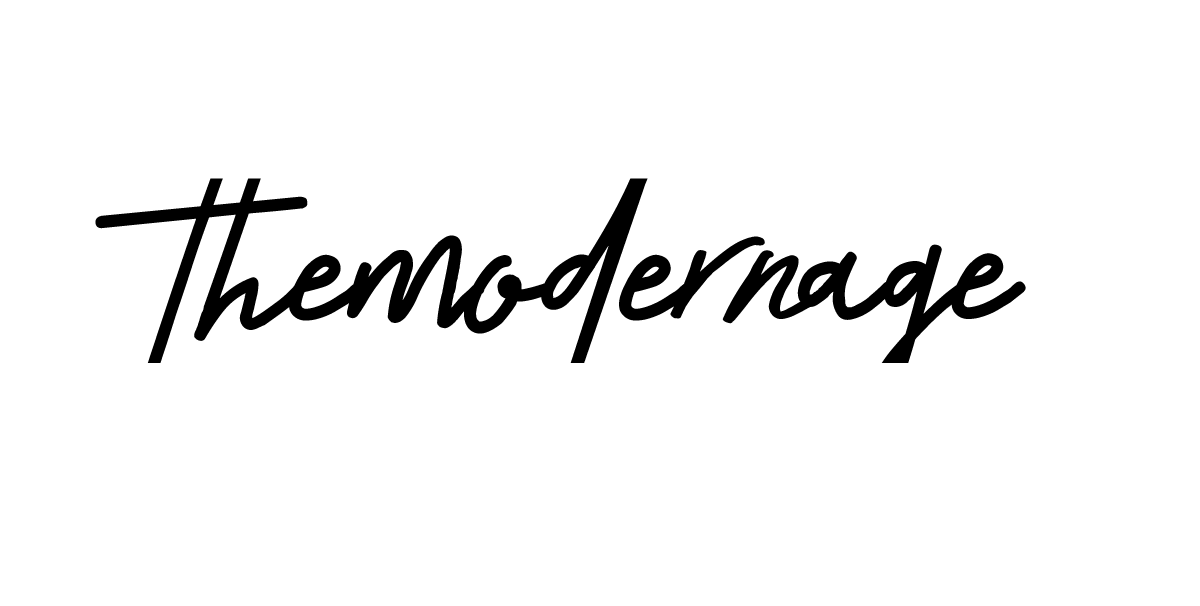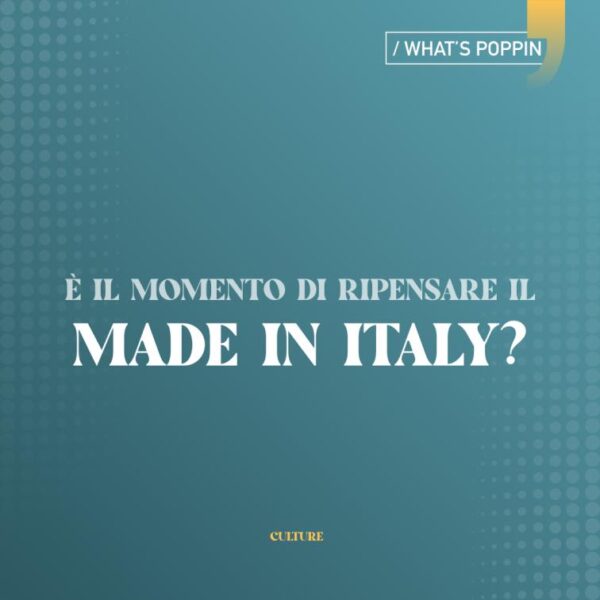Does Made In Italy still exist?
It is a recent initiative of newly elected Prime Minister Giorgia Meloni to establish a high school of Made In Italy. Far from engaging in political commentary, let us try to understand what lies behind this much glorified brand name in the Bel Paese, which invokes values of quality, tradition and territoriality.
The regulations define “Made In” as a mark of origin, standing for the place of production of the product, understood, however, as the last substantial processing or transformation (Article 60 HRC).
What does it mean?
That production processes can also be carried out elsewhere, the important thing is that it is designed and finished in Italy. This inevitably leads to a devaluation of the manufacturing connections that have always ensured the prestige of the best craftsmanship.
The Made In Italy brand is still among the strongest in the global market, but it is culturally diluted by imitations and stereotypes. We also think of many fashion brands, which stand as spokespeople for Made In Italy despite the fact that companies are acquired by large foreign groups and produce considerably outside Italy. If so, the corporate culture changes radically: is it still permissible to consider oneself a promoter of Italian identity?
We necessarily need to renegotiate the values that constitute Made In Italy, updating them to modernity. An ethical approach, respecting workers and the environment, would ensure its evolutionary leap. In addition, manual skill does not have to be the pivotal element; research and innovation in processes and materials are key elements to date.



